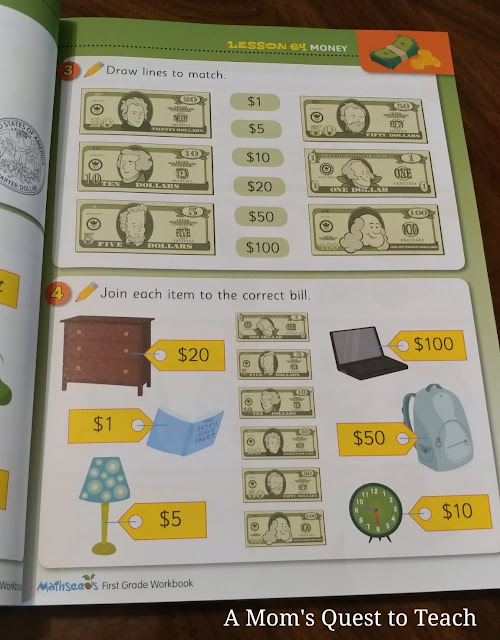This post contains affiliate links. For more information, please see my Terms of Use and Disclosure Policy page. Thank you.
One of the very first volunteers to help care for wounded American Civil War soldiers was Clarissa "Clara" Harlowe Barton. When the Civil War broke out, she was working as a clerk in the United States Patent Office in Washington D.C.. She would go out to gather medical supplies and then arrive on the battlefield or at field hospitals with her materials to help. She would become known as the "Angel of the Battlefield" due to her nursing during many of the major battles as well as for the comfort she would provide the wounded men. Some of these battles included the battles of Cedar Mountain, Fairfax Station, Harpers Ferry, Antietam, Fredericksburg, Charleston, and Cold Harbor.
Second Battle of Manassas
After the second battle of Manassas in Maryland, the casualties of the Union army were high. Over five days, they had suffered 16,000 casualties out of 65,000. The wounded were left to a world of confusion behind Union lines. Secretary of War Stanton requested volunteer nurses to help but a great number of them were not helpful at all. They were drunk or accepted bribes to take healthy ambulance drivers back to D.C. rather than the wounded. Women nurses led by Clara Barton assisted in making sure the wounded men had a place to rest before boarding trains that would take them back to D.C. The nurses laid out hay on the ground for bedding: "by midnight there must have been three thousand helpless men lying in that hay" Barton wrote on September 4, 1862.
 |
| Moving the wounded after the Second Battle of Bull Run (Manassas) |
Battle of Antietam
At the battle at Antietam, Clara Barton arrived with three wagons filled with supplies. She actually arrived ahead of the military medical units. She and her associates worked during the battle to help bring comfort and aid to the wounded. She would help train men to perform basic first aid as well as carry water and prepare food for the wounded at the battle.
Working in the Coastal Regions of South Carolina
Barton worked on both Hilton Head Island and later Morris Island to help the wounded soldiers. After the battle of Fort Wagner, she would look to help relieve sickness that was occurring on the island by distributing fresh food to the men.
New Position
Abraham Lincoln appointed Barton the General Correspondent for the Friends of Paroled Prisoners. This position required her to answer inquiries from friends and family looking for their missing loved ones. She would assist in looking on the prison rolls, parole rolls, and casualty lists. To assist in this enormous task, Barton established the Bureau of Records of Missing Men of the Armies of the United States. Barton and her staff received over 63,000 requests for help and were able to find 22,000 men (some were still alive).
Helping to Bury the Union Dead at Andersonville
Unfortunately, of the 22,000 men found, there were 13,000 men who were in one place: Andersonville. Another task that Clara Barton took on with the aid of others was that of identifying and ensuring that the Union men who had died at the Andersonville Prison were buried in a cemetery. Dorence Atwater, who was imprisoned at Andersonville, kept a list of the dead and helped Barton and a team of 30 military men to help lay to rest 13,000 men in the national cemetery at Andersonville. Each of those 13,000 men's graves were marked.
 |
| American Red Cross |
American Red Cross
After the American Civil War, Barton visited Europe and became involved in the International Red Cross. She would help during the Franco-Prussian War of 1870. Even though she wasn't officially associated with the Red Cross, she would fashion a representative of the Red Cross symbol with a ribbon so that she could help distribute relief resources in France.In 1880, the American Red Cross was founded and Clara Barton worked as its first president. For the first 20 years, the American Red Cross acted as a disaster relief organization. They would help with the forest fires in Michigan in 1881 and again in 1884 at the Johnstown flood in Pennsylvania. Towards the end of her presidency, the American Red Cross would begin to provide help to the American military and civilians during wartime. They aided American armed forces and refugees from the Spanish-American War.
 |
| Drayton Hall at Charleson, SC |
Looking for more History Posts?
In the previous Blogging through the Alphabet series, I wrote about Florence Nightingale (who is also well known for nursing) as well as Antietam and Charleston.


























































